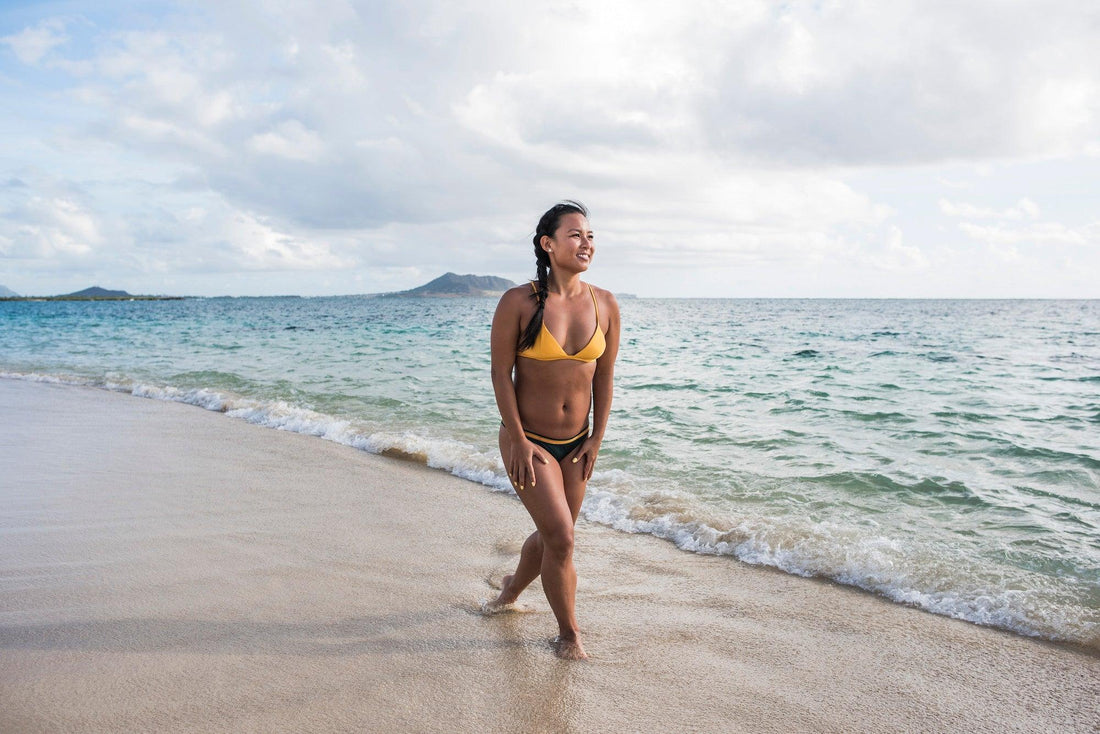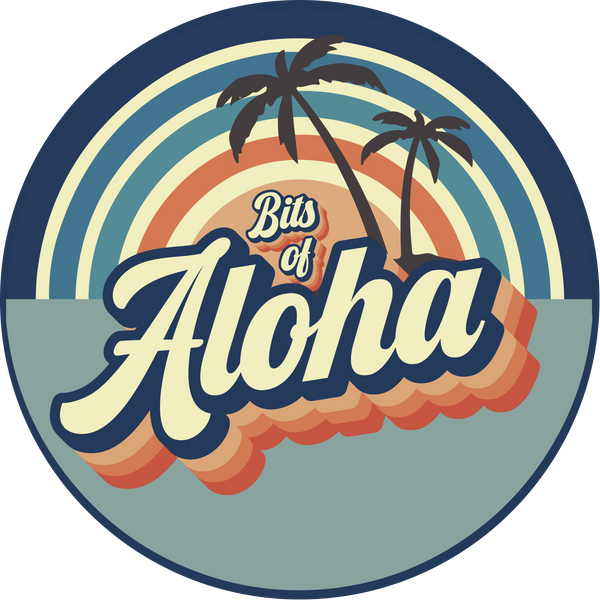
The Rise of Surf Brands: From Hawaii to Global Fashion
Share
Surf culture and fashion have been deeply intertwined since the early 20th century, with Hawaii playing a foundational role in the sport’s history. Over time, the rise of surf brands—both in Hawaii and worldwide—helped shape a unique aesthetic that blended function, rebellion, and the laid-back lifestyle associated with riding waves. Companies like Quiksilver, RVCA, Hurley, Volcom, and O’Neill became household names, not just in surf communities but in mainstream fashion as well. The question remains: Did this rise in surf brands coincide with the emergence of skateboarding fashion, or did it develop as an independent trend?
Early Surfwear in Hawaii
Hawaii is the birthplace of modern surfing, with its history dating back to the ancient Hawaiian sport of he‘e nalu. In the early 20th century, surfing was revived by figures like Duke Kahanamoku, an Olympic swimmer and surf ambassador, who helped popularize the sport worldwide.
Before surf brands emerged, surfers in Hawaii wore simple boardshorts or cut-off pants to ride the waves. Fabric choices were based on durability and quick-drying properties, but there was little innovation or branding in the early years. In the 1950s and 1960s, as surfing grew in popularity, local Hawaiian tailors began designing longer, sturdier boardshorts specifically for surfers. Brands like Jantzen and Hang Ten were among the first to commercialize surfwear.
The Birth of Surf Brands
The true rise of dedicated surf brands began in the late 1960s and early 1970s. This era marked a shift from surfing as a countercultural activity to a mainstream sport and lifestyle. Brands emerged to cater specifically to surfers, offering clothing and equipment designed for both performance and aesthetics.
-
O’Neill (1952, California): One of the earliest surf brands, founded by Jack O’Neill, O’Neill pioneered the wetsuit industry. While not originally a fashion brand, its impact on surfwear was immense, as it allowed surfers to extend their time in the water, particularly in colder conditions.
-
Quiksilver (1969, Australia): Founded by Alan Green and John Law, Quiksilver revolutionized surf fashion by introducing the first durable, flexible boardshorts with Velcro closures. Their designs set the standard for performance-based surfwear.
-
Billabong (1973, Australia): Similar to Quiksilver, Billabong started as a boardshorts brand but quickly expanded into broader surf apparel, becoming one of the most recognized surf brands worldwide.
-
Rip Curl (1969, Australia): Originally a wetsuit company, Rip Curl expanded into surfwear and became synonymous with professional surfing and competitions.
-
Gotcha (1978, California): Gotcha was one of the first brands to merge surfwear with a more rebellious, punk-influenced aesthetic, paving the way for future brands like Volcom.
The Influence of Skateboarding and Cross-Pollination with Surf Brands
The 1970s also saw the rise of skateboarding, particularly in California. The surf and skate communities shared overlapping influences, but early on, surf brands and skate brands were largely separate. Skateboarding brands like Powell-Peralta and Santa Cruz focused on their own aesthetic, which was grittier and more urban compared to the beach-driven imagery of surf brands.
However, by the 1980s and 1990s, the two cultures began to blend, leading to crossovers in fashion. Some key brands that bridged both worlds include:
-
Volcom (1991, California): Founded with the motto “Youth Against Establishment,” Volcom positioned itself as a brand for both surfers and skaters. It embraced a rebellious, alternative aesthetic that resonated with both communities.
-
RVCA (2001, California): RVCA blurred the lines between surf, skate, and art, making it one of the first brands to adopt a more streetwear-influenced style while maintaining roots in board sports.
-
Hurley (1999, California): Originally a surfboard company under Bob Hurley, the brand evolved into a surfwear giant, blending elements of skate and streetwear aesthetics.
By the late 1990s, surf and skate styles had become nearly indistinguishable in mainstream fashion. Brands that started in surfing—such as Quiksilver and Billabong—began sponsoring skateboarders, while skate brands like Vans and DC Shoes started marketing to surfers.
The 2000s: The Globalization of Surf Fashion
The early 2000s marked the peak of mainstream surf fashion. Major brands expanded into global markets, collaborating with musicians, artists, and athletes to reach wider audiences. Some key developments during this era include:
-
Corporate buyouts and expansions: Quiksilver acquired DC Shoes, while Billabong bought RVCA and Element, further solidifying the merging of surf and skate industries.
-
Fashion trends: Surf fashion evolved to include more technical materials, such as moisture-wicking fabrics, hybrid shorts, and eco-friendly designs.
-
Luxury surfwear: High-end brands like Prada and Gucci began incorporating surf aesthetics into their designs, bringing elements of surfwear into high fashion.
The Present: Surf Fashion in the 2020s
Today, surf brands continue to thrive, though the landscape has changed. Some major trends shaping the industry include:
-
Sustainability: Brands like Patagonia and Outerknown (founded by Kelly Slater) have led the movement toward eco-friendly surfwear, using recycled materials and ethical production practices.
-
Independent and local brands: A shift toward authenticity has given rise to smaller, independent surf brands like Vissla, Banks Journal, and Florence Marine X (by John John Florence), which focus on high-quality craftsmanship and sustainability.
-
Cross-industry collaborations: Surf brands continue to collaborate with streetwear and fashion labels, such as Quiksilver’s partnership with Supreme or Billabong’s collaborations with artists.
Conclusion: A Distinct but Intertwined Trend
While the rise of surf brands and skateboard fashion brands followed similar trajectories, they were initially distinct movements. Surfwear emerged earlier, rooted in the needs of water sports enthusiasts, while skate fashion evolved from an urban, punk-influenced subculture. However, by the 1990s, the two industries had merged, influencing each other in ways that blurred the lines between surf, skate, and streetwear fashion.
Today, the impact of surf brands extends far beyond the beaches. What started as functional apparel for surfers has become a global fashion movement, blending elements of sport, rebellion, and lifestyle into a style that continues to evolve. Whether worn on the waves, on the streets, or on the runway, surf fashion remains an enduring symbol of freedom and adventure.
